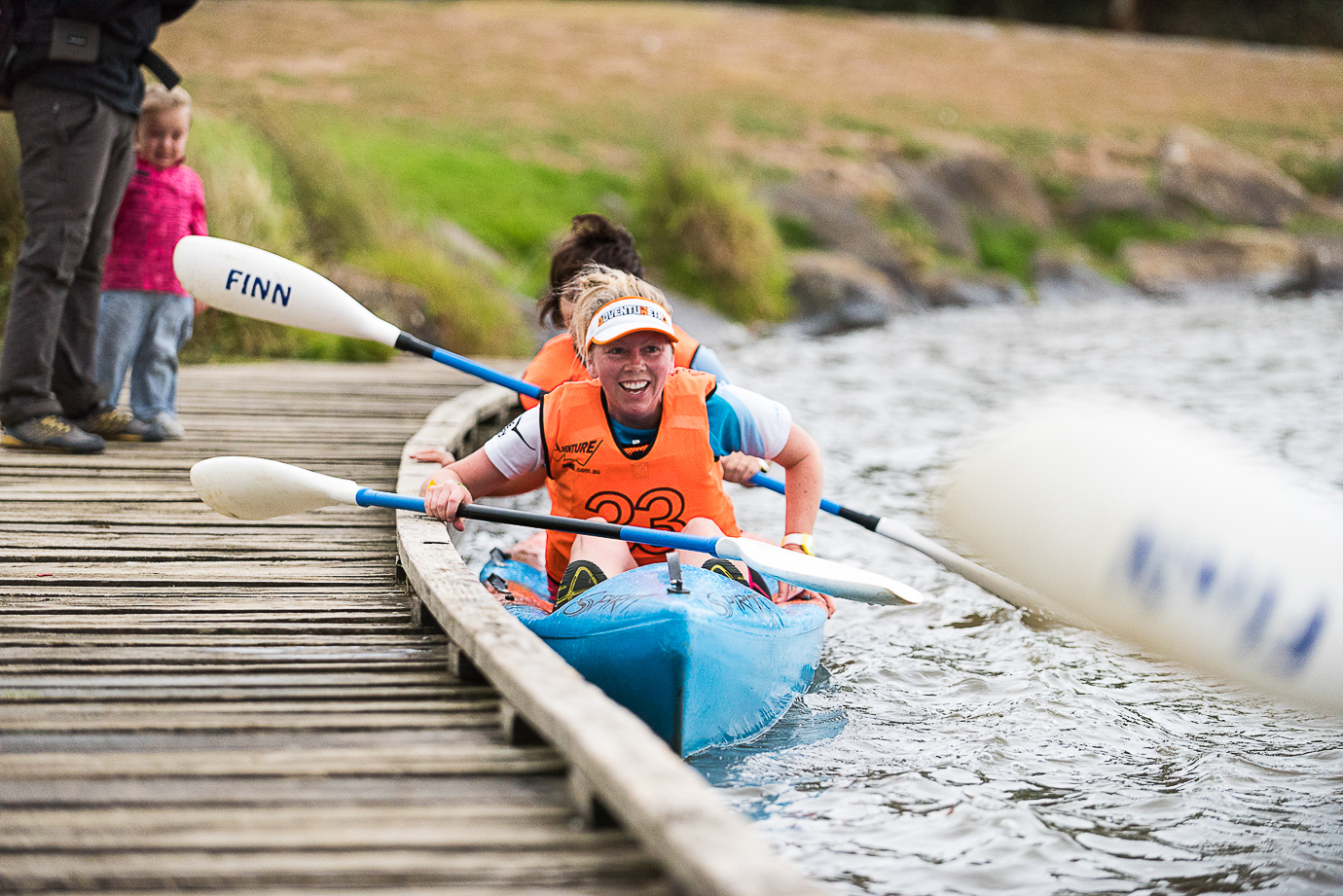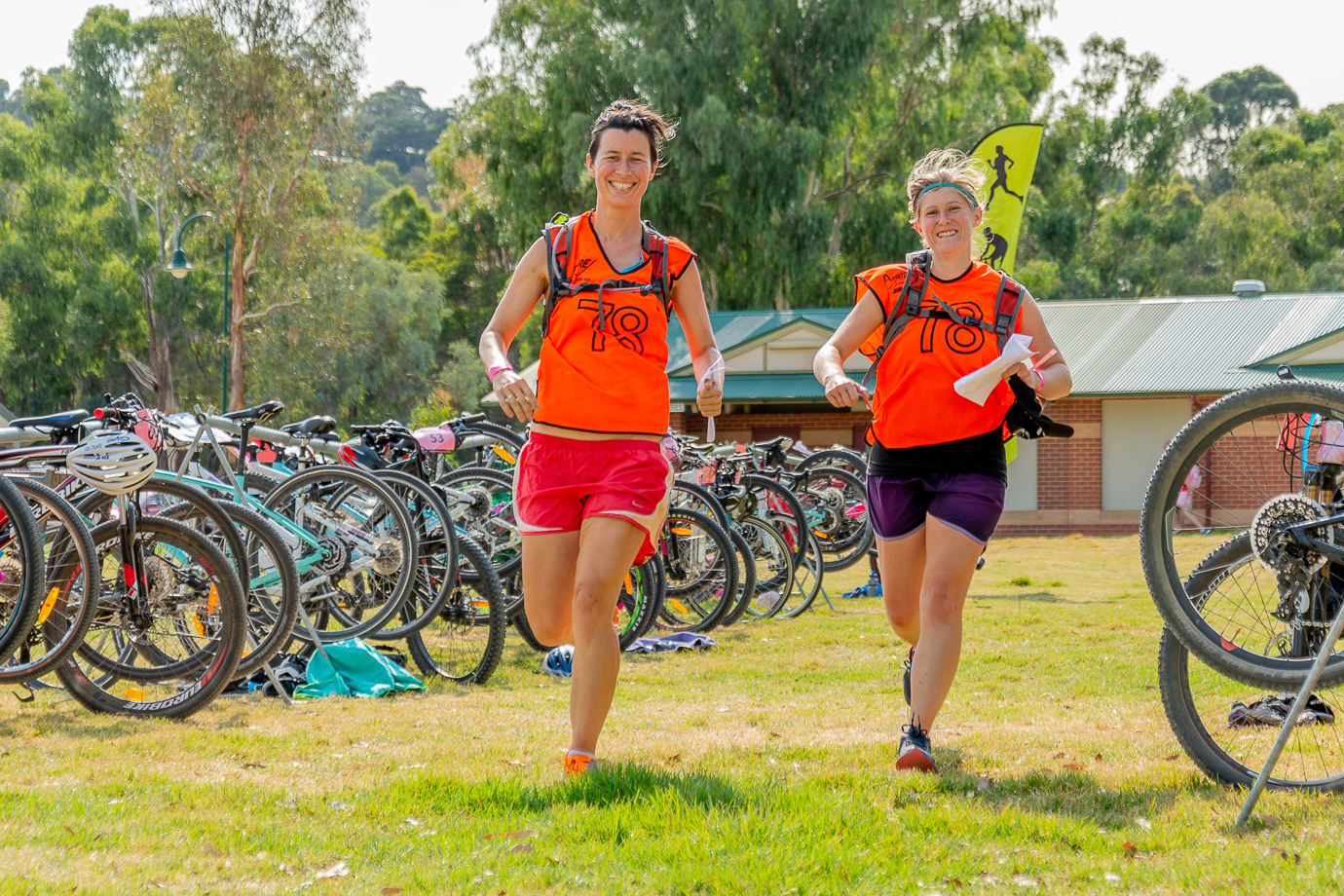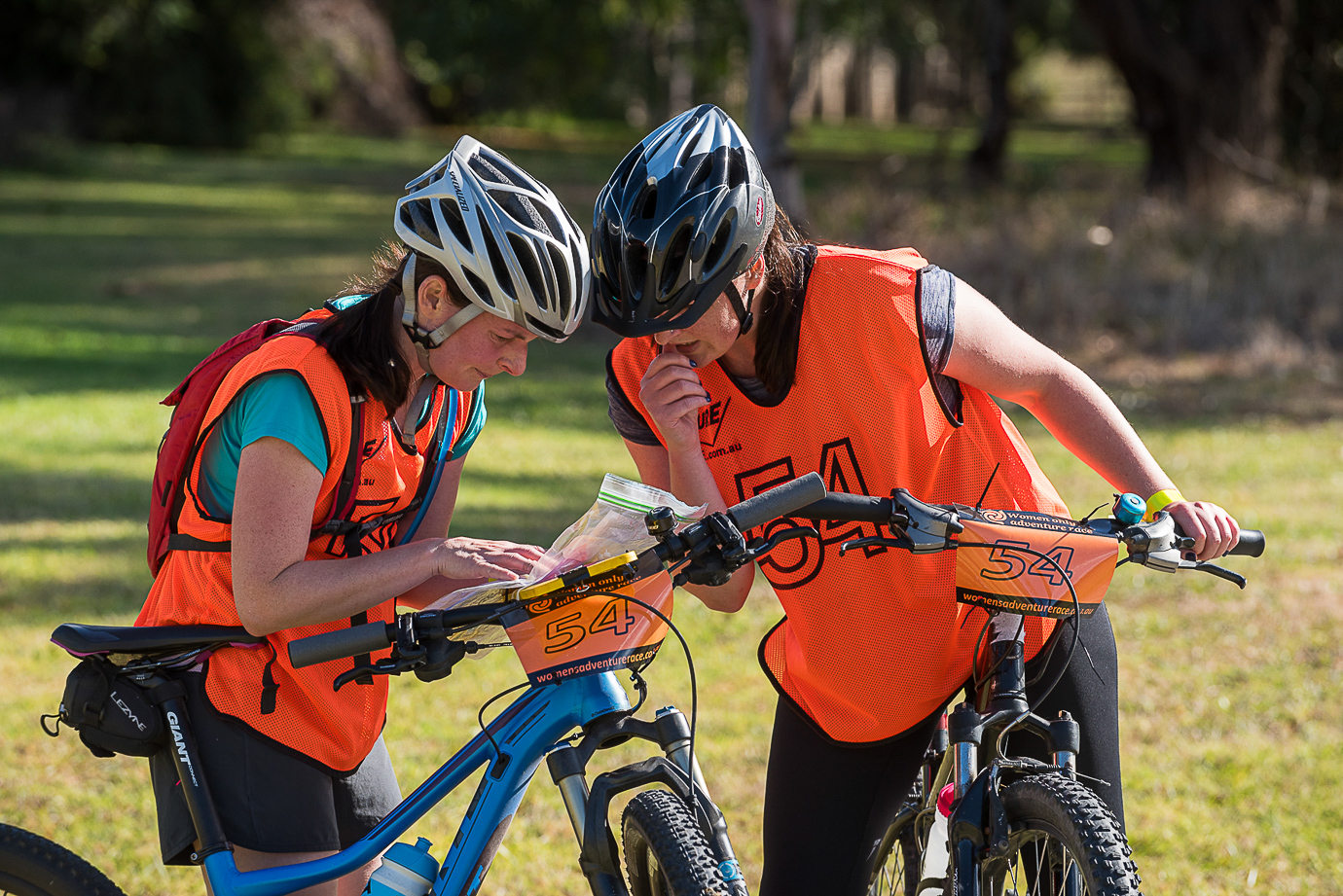Running
Running/trekking is usually the easiest leg for novice adventure racers. Everyone can run.
When training for the Women’s Adventure Race, running flat and a few hills, keeping your running sessions up to 30-40 minutes long, would be a great idea.
Try to control your pace, so you do not go ‘flat out from the start and then can’t maintain this pace for the whole duration of training.
Some short interval sessions can make your running faster but do not forget to dedicate enough time to warm up and cool down, in addition to ‘main’ part of the session. Also stretching compliments running, allowing your muscles to recover quicker after every running session.
Gradually build volume of exercises, try to be consistent over the week, short regular training sessions are much more effective than irregular monster work outs that would kill you for the next few days after.
Where to run-everywhere, just get out and run. For adventure races running off-road or rough trails usually is the biggest issue as often if you are used to running bitumen or any other smooth surface, only some rocks, roots, ditches, losing ground, steep uphills and downhills will get a little bit confusing and slow you down. Nothing but practice will help. Watch out from the beginning, make sure you are wearing off-road shoes that would protect you from sliding and help to minimize risk of twisting an ankle.
How often and how long to run
Start from 2-3 times per week (one running day/day off running), making it enjoyable for your body and your mind. It might hurt from the start but as your muscles and joints get stronger it gets better.
How long: midweek sessions that start from 40 minutes would already be beneficial. As you get stronger try to extend them to an hour or so. Longer sessions up to 2 -2,5 hours would prepare you for quite advanced events.
Street Orienteering events are the best way to get the most of short running sessions - to practice your navigation skills and running fitness.
Navigation
This intimidating word ‘orienteering or navigation’. It might be confusing from the start, when you first get this sheet of paper with some strange symbols, especially in our age of GPS’s.
Navigation is quite important for all events where you’re dealing with a map. It doesn’t matter how fast you are if you’re running/riding/paddling a wrong way.
It often looks really hard from the beginning, but as you are getting even very little practice, things start to make sense and navigation looks like real fun – to find your way in between check points as a first step, to find the fastest way in between check points is the second step.
It is still a good idea to try to learn some basics by yourself. However, the good news here is that for the Women’s Adventure Race you do not need to be an amazing navigator. Everyone who can read street directory will be able to complete the course and find all checkpoints.
If you want to get really good
Get some topographical , orienteering or even street (melways) maps of your nearby area. Go to this area and try to find your way using this map. Set up some ‘virtual’ check points (some road or trail junctions) and try to get there with the map. Do it on foot, on bike, so that you can practice navigation on both. It is easier to start on foot and later add some riding with the map as well.
Learn what all symbols on a map mean (this is usually displayed on the legend in the corner of the map), for example, how road, path, bush, buildings etc. are drawn on the map. Find out what the scale of each map is (scale is what distance on the ground is covered in one centimeter of the map), so that you can understand how far from point to point on a map it is in reality. Get yourself a compass and attend some street-orienteering events, this would give you a perfect running- orienteering practice.
Remember that everyone is making mistakes, even best of us, so do not be afraid to get lost, you will find yourself and will actually enjoy it later on. Practice makes perfect.



